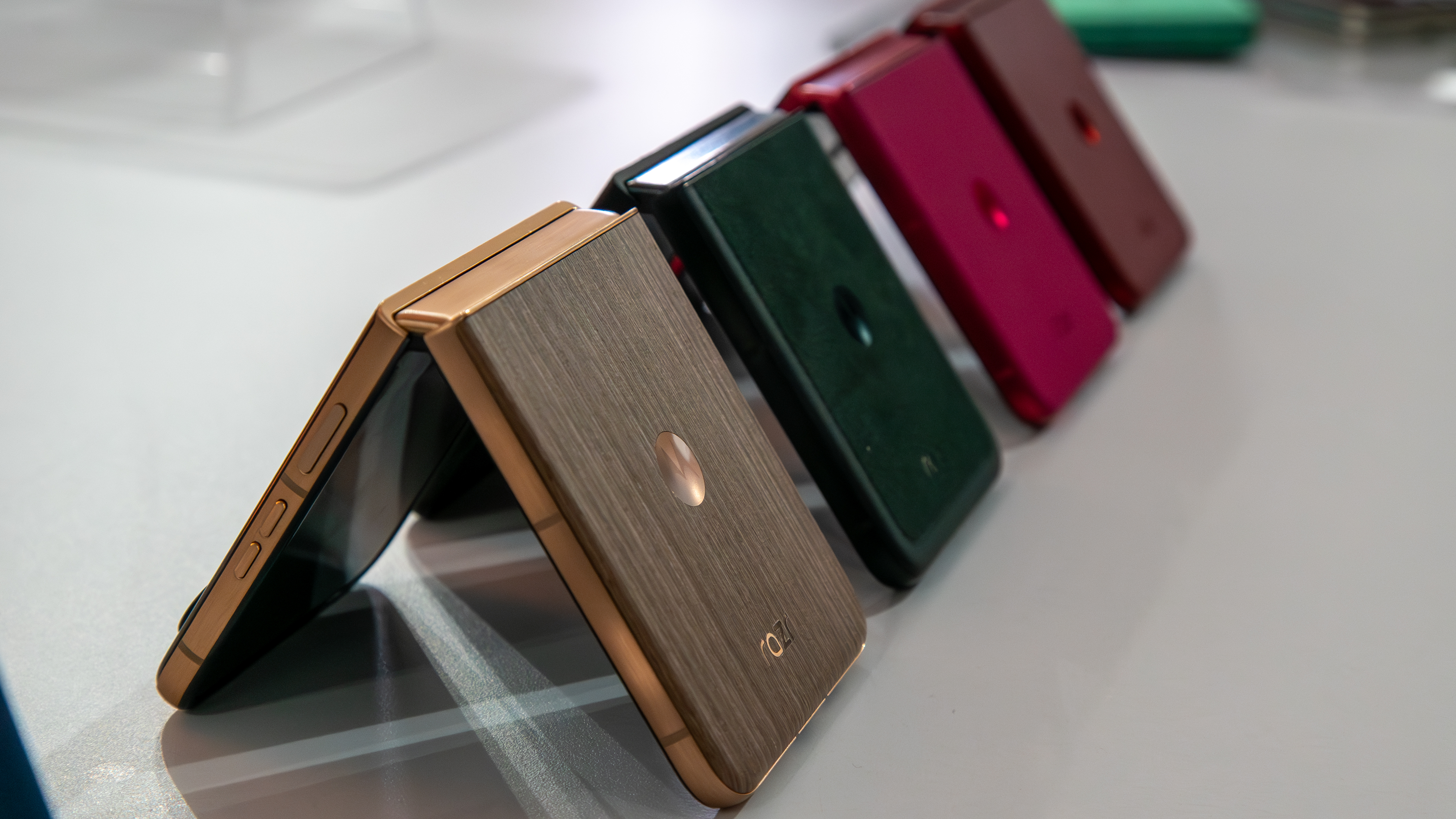Unlocking Creativity: A Unique Lockbox Project Demonstrates the Power of Constraints in Art and Engineering

One of the most intriguing aspects of the artistic process is the way that constraintswhether they are arbitrary or deeply entrenchedcan foster creativity rather than stifle it. This phenomenon can be observed across a wide range of artistic endeavors. Take, for instance, Pablo Picassos iconic blue period, which arose from an intentional limitation of palette. Similarly, the novel Gadsby by Ernest Vincent Wright, which is notable for being entirely devoid of the letter 'e', showcases how constraints can inspire innovative storytelling. In the realm of gaming, the classic puzzle game Tetris operates under strict rules that amplify its addictive nature, while the design of the Volkswagen Beetle stands as a testament to how limitations can yield timeless beauty.
In the field of electronics, a striking example of this principle is illustrated by a recent project developed by Peter, which ingeniously limits itself to using only passive components. This intriguing endeavor results in a lockboxa compact container that cleverly integrates a small keypad and the necessary locking circuitry, revealed only when the box is opened. The innovative design allows the user to unlock a hidden drawer by correctly pressing a sequence of push buttons. Each successful button press sets off a chain reaction of hidden switches, which are connected by diodes to a series of relays. This unique setup means that as each correct button is pressed, it activates the next relay in line.
The operation is simple yet clever: when the final button in the correct sequence is pressed, power is delivered to a solenoid that unlocks the drawer. However, if an incorrect button is pressed, the system is designed to disable a relay that provides power to the rest of the relays, resetting the entire operation back to its starting point. This provides an added layer of security, ensuring that only the correct combination will yield access to the concealed contents.
What makes this project particularly impressive is the array of ingenious techniques employed to achieve its functionality without the aid of a single microcontroller. Instead, the design creatively utilizes capacitors to manage timing for the relays, ensuring that they activate in the correct sequence rather than all at once, which could lead to chaos in the operation. Furthermore, the craftsmanship involved in the woodworking aspect of the lockbox is commendable. The circuit components are artfully displayed when the lid is opened, yet they cleverly conceal the combination switches, maintaining the mystery of the puzzle.
While using relays for logical operations is not a groundbreaking concept, the versatility they offer is noteworthy. These components can effectively replace transistors in various applications, including in single-board computers, completely reinventing the way tasks can be accomplished in electronics. This project not only showcases Peter's engineering prowess but also serves as a reminder of how constraints can lead to extraordinary creativity and innovation within both art and technology.





















